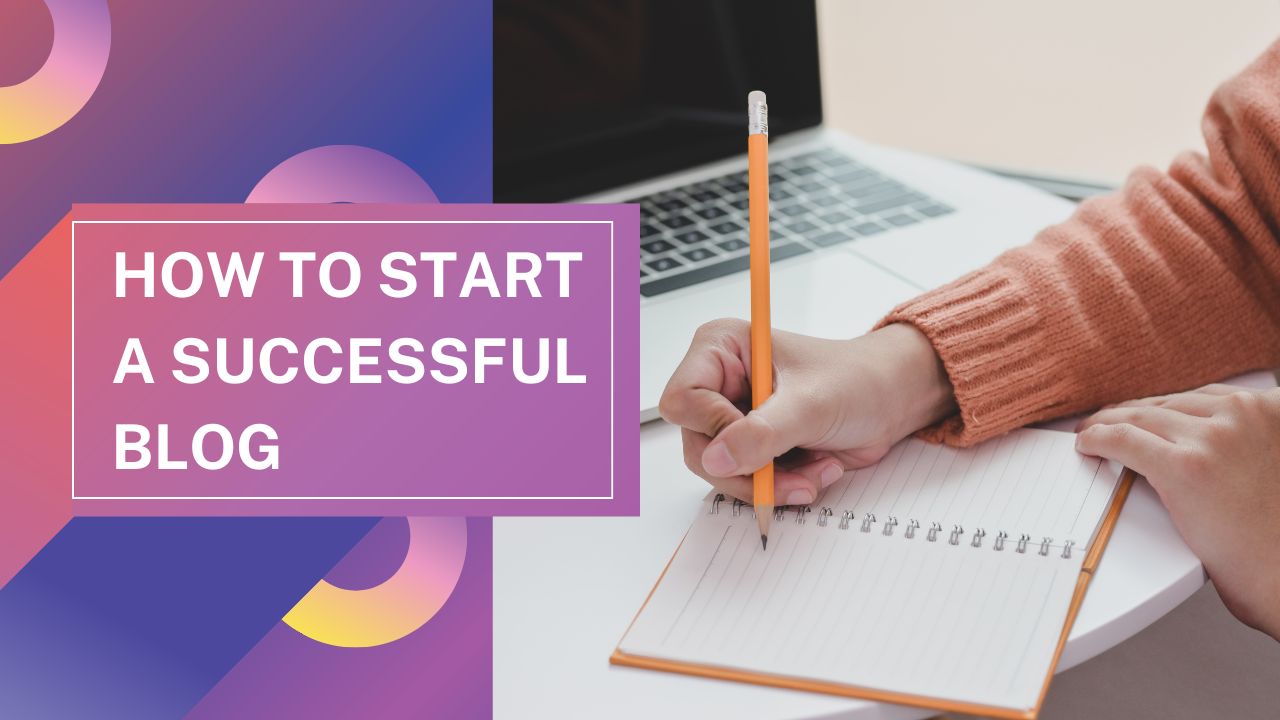What is a Blog?
A blog is an online platform where individuals share their thoughts, experiences, and expertise on various topics. It can serve as a personal journal, a business tool, or a way to engage with a community. In 2024, blogs remain a powerful way to connect with audiences and establish authority in your niche. If you’re ready to start a successful blog, you’re in the right place!
Why Start a Blog in 2024?
As digital content continues to grow, starting a successful blog offers a unique opportunity to share your voice and potentially monetize your efforts. Whether you’re looking to build a brand, share your passion, or generate income, beginning your blogging journey can be an impactful venture.
Your Step-by-Step Guide to Starting a Blog
Step 1: Set Your Blogging Goals
Before diving in, clarify your purpose. Are you aiming to educate, entertain, or inspire? Identifying your target audience—whether they are hobbyists, professionals, or casual readers—will help shape your content strategy.
Step 2: Choose the Right Niche
Finding the right niche is crucial for your blog’s success. Research popular niches in 2024, such as sustainability, health and wellness, or personal finance. Evaluate your passion and expertise in these areas to ensure you can create engaging content consistently.
Step 3: Select Your Domain Name
Your domain name is your blog’s online identity. Aim for a name that is memorable, concise, and reflects your blog’s purpose. Tools like Namecheap or GoDaddy can help check domain availability and secure your choice.
Step 4: Choose a Hosting Platform
Selecting the right hosting platform is essential for a smooth blogging experience. Popular options include Bluehost, SiteGround, and DreamHost. Compare their features and pricing plans to find the best fit for your needs.
Step 5: Build and Design Your Blog
Once you’ve secured your domain and hosting, it’s time to build your blog:
Selecting the Right Blogging Platform
WordPress is the most popular choice due to its flexibility and extensive plugin options.
Choosing a Theme That Fits Your Brand
Look for a responsive and visually appealing theme that aligns with your blog’s tone.
Essential Plugins for Beginners
Install key plugins like Yoast SEO for optimization, Akismet for spam protection, and Jetpack for performance enhancements.
Creating Key Pages
Don’t forget essential pages like About, Contact, and Privacy Policy to enhance user trust and engagement.
Related Post: How to Start a Successful Tech Blog in 2024: Expert Tips
Creating Compelling Content
Step 6: Develop a Content Strategy
A well-structured content strategy sets the foundation for your blog. Consider the types of content you’ll create, from how-to guides to personal stories, and plan a content calendar to ensure consistency.
Step 7: Writing Your First Blog Post
Your first post is your chance to make an impression. Focus on structuring your post effectively:
- Craft an Engaging Title: Use keywords naturally.
- Write an Attention-Grabbing Introduction: Hook your readers from the start by mentioning how to start a successful blog.
- Use Subheadings for Clarity: Break your content into digestible sections.
- Incorporate Visuals: Use images, infographics, or videos to enhance engagement.
Best Practices for SEO Optimization
Optimize your content for search engines by:
- Using relevant keywords naturally throughout your post, including “start a successful blog.”
- Crafting meta descriptions that summarize your post effectively.
- Including internal and external links to boost credibility.
Promoting Your Blog Effectively
Step 8: Utilize Social Media for Promotion
Leverage social media platforms to promote your blog. Choose channels that resonate with your audience—be it Instagram for visual content, Twitter for quick updates, or LinkedIn for professional insights. Build an engaged community by sharing your posts and interacting with followers.
Step 9: Optimize for Search Engines
To improve your blog’s visibility, focus on on-page SEO techniques, such as:
- Crafting keyword-rich titles and headers.
- Using alt text for images.
- Ensuring your website loads quickly.
Monetizing Your Blog
Step 10: Explore Monetization Options
Once your blog gains traction, consider various monetization strategies:
- Affiliate Marketing: Promote products and earn a commission on sales.
- Selling Digital Products: Create e-books, courses, or printables that offer value to your audience.
- Sponsored Posts and Advertisements: Collaborate with brands that align with your blog’s niche.
Common Blogging Challenges and Solutions
FAQs: Overcoming Common Blogging Hurdles
- How do I keep my blog relevant? Regularly update your content and engage with current trends in your niche.
- What if my blog isn’t growing? Evaluate your marketing strategies, SEO practices, and content quality to identify areas for improvement.
- How to handle negative feedback? View feedback as an opportunity for growth and respond professionally.
Final Thoughts on Blogging Success in 2024
Is blogging still worth it? Absolutely! With the right approach and dedication, you can carve out your space in the digital landscape. Embrace the blogging journey, keep learning, and don’t hesitate to adapt to changes in the industry.

Leave a Reply